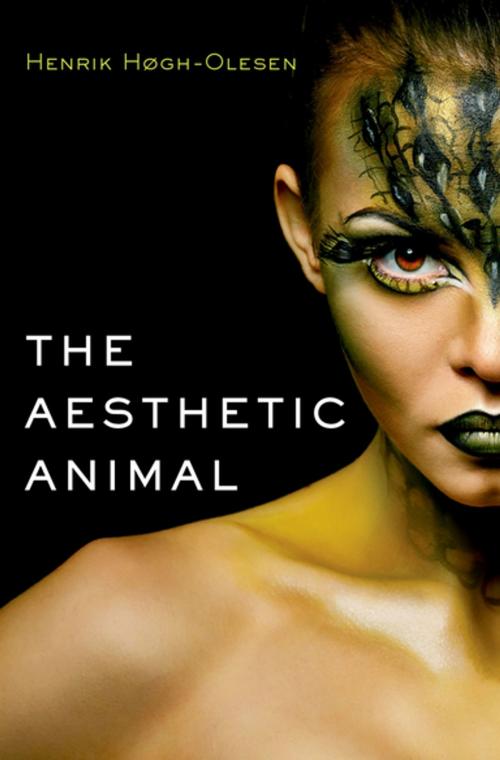The Aesthetic Animal
Nonfiction, Religion & Spirituality, Philosophy, Aesthetics, Health & Well Being, Psychology, Social Psychology, Cognitive Psychology| Author: | Henrik Hogh-Olesen | ISBN: | 9780190927943 |
| Publisher: | Oxford University Press | Publication: | August 17, 2018 |
| Imprint: | Oxford University Press | Language: | English |
| Author: | Henrik Hogh-Olesen |
| ISBN: | 9780190927943 |
| Publisher: | Oxford University Press |
| Publication: | August 17, 2018 |
| Imprint: | Oxford University Press |
| Language: | English |
The Aesthetic Animal answers the ultimate questions of why we adorn ourselves, embellish our things and surroundings, and produce art, music, song dance, and fiction. Humans are aesthetic animals that spend vast amounts of time and resources on seemingly useless aesthetic activities. However, nature would not allow a species to waste precious time and effort on activities completely unrelated to survival, reproduction, and the well-being of that species. Consequently, the aesthetic impulse must have some important biological functions. A number of observations indicate that the aesthetic impulse is an inherent part of human nature, and therefore a primary impulse in its own right with several important functions: The aesthetic impulse may guide us toward what is biologically good for us, and help us choose the right fitness enhancing items in our surroundings. It is a valid individual fitness indicator as well as a unifying social group marker, and aesthetically skilled individuals get more mating possibilities, higher status and more collaborative offers. The book is written in a lively and entertaining tone, with beautiful color illustrations. It covers a wide field of aesthetic behaviors from cave art, graffiti, tattoos, and piercings over fashion, design, music, song, and dance. It presents an original and comprehensive synthesis of the empirical field, synthesizing data from archeology, cave art, anthropology, biology, ethology, behavioral- and evolutionary psychology and neuro-aesthetics. It is a must-read for people interested in biology, psychology, anthropology, architecture, design, fashion, body culture, art, and the evolution of aesthetics.
The Aesthetic Animal answers the ultimate questions of why we adorn ourselves, embellish our things and surroundings, and produce art, music, song dance, and fiction. Humans are aesthetic animals that spend vast amounts of time and resources on seemingly useless aesthetic activities. However, nature would not allow a species to waste precious time and effort on activities completely unrelated to survival, reproduction, and the well-being of that species. Consequently, the aesthetic impulse must have some important biological functions. A number of observations indicate that the aesthetic impulse is an inherent part of human nature, and therefore a primary impulse in its own right with several important functions: The aesthetic impulse may guide us toward what is biologically good for us, and help us choose the right fitness enhancing items in our surroundings. It is a valid individual fitness indicator as well as a unifying social group marker, and aesthetically skilled individuals get more mating possibilities, higher status and more collaborative offers. The book is written in a lively and entertaining tone, with beautiful color illustrations. It covers a wide field of aesthetic behaviors from cave art, graffiti, tattoos, and piercings over fashion, design, music, song, and dance. It presents an original and comprehensive synthesis of the empirical field, synthesizing data from archeology, cave art, anthropology, biology, ethology, behavioral- and evolutionary psychology and neuro-aesthetics. It is a must-read for people interested in biology, psychology, anthropology, architecture, design, fashion, body culture, art, and the evolution of aesthetics.















